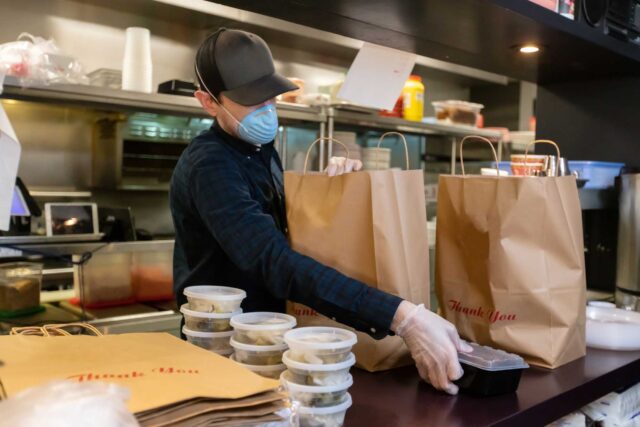Just over a year ago, California’s economy took a major hit when COVID-19 shut down businesses, events, and other economic activities. At the worst point in the recession, California lost about 3 million jobs. To fully recover, the state now needs to grow jobs to return workers to the labor market and get the unemployed back to work. As of February 2021, nearly 60% of job loss has been recovered.
California’s labor force had shrunk by 1 million workers at its lowest point, perhaps due to lack of job opportunity or to health concerns and family care responsibilities during the pandemic. This contraction led to the lowest labor force participation rate in over 40 years. But by February 2021, the labor force had recovered about 50% of the gap it had lost over the year.
The unemployment spike from the recession has also been flattened by about 60%, from about 2 million additional workers unemployed in May—above and beyond pre-recession levels—down to about 760,000 in February 2021. For reference, unemployment rose by about 660,000 workers in the first year of the Great Recession—but it continued to grow, nearly doubling just over two years later. Though the pandemic recession was more severe, the recovery has been much swifter.
What are the prospects for expanding jobs recovery this spring? The most likely source of recovery is in the service sectors, as half of jobs lost at the recession’s nadir were in restaurants, entertainment and the arts, hotels and tourism, and other services such as salons or dry-cleaning. Even with some recovery last year, employment in these hard-hit sectors lags at about 30% behind where it was one year ago.
The pandemic also subjected these hardest hit sectors to repeated shocks, including the December and January economic slowdown. In fact, by February, employment remained behind November 2020 levels.
Employment is down in almost all major sectors of the economy. Only in transportation and warehousing are jobs now above February 2020 levels—up by 3% as of February 2021. Three of the largest sectors—health care, government, and retail trade—all remain below the employment levels from one year ago (down by 3%, 8%, and 5%, respectively).
Forecasters expect that the recovery will accelerate through 2021, as more people get vaccinated and COVID-19 cases decline. The pent-up demand for dining out, traveling, and entertainment—especially domestically—can help fuel a recovery, especially in a tourist destination like California.
While the news is hopeful for businesses who stayed afloat and for workers who can reconnect with employers or increase work hours, not all un- or underemployed Californians will be able to return to work right away. Some have lost their connection with former employers or may not be needed in businesses that have adapted. Low-income workers, people of color, and women are more likely to struggle in the current labor market, in part due to family or other circumstances separate from the workplace. Continued support for the Californians hit hardest by the pandemic therefore remains critical for a full and equitable recovery.






